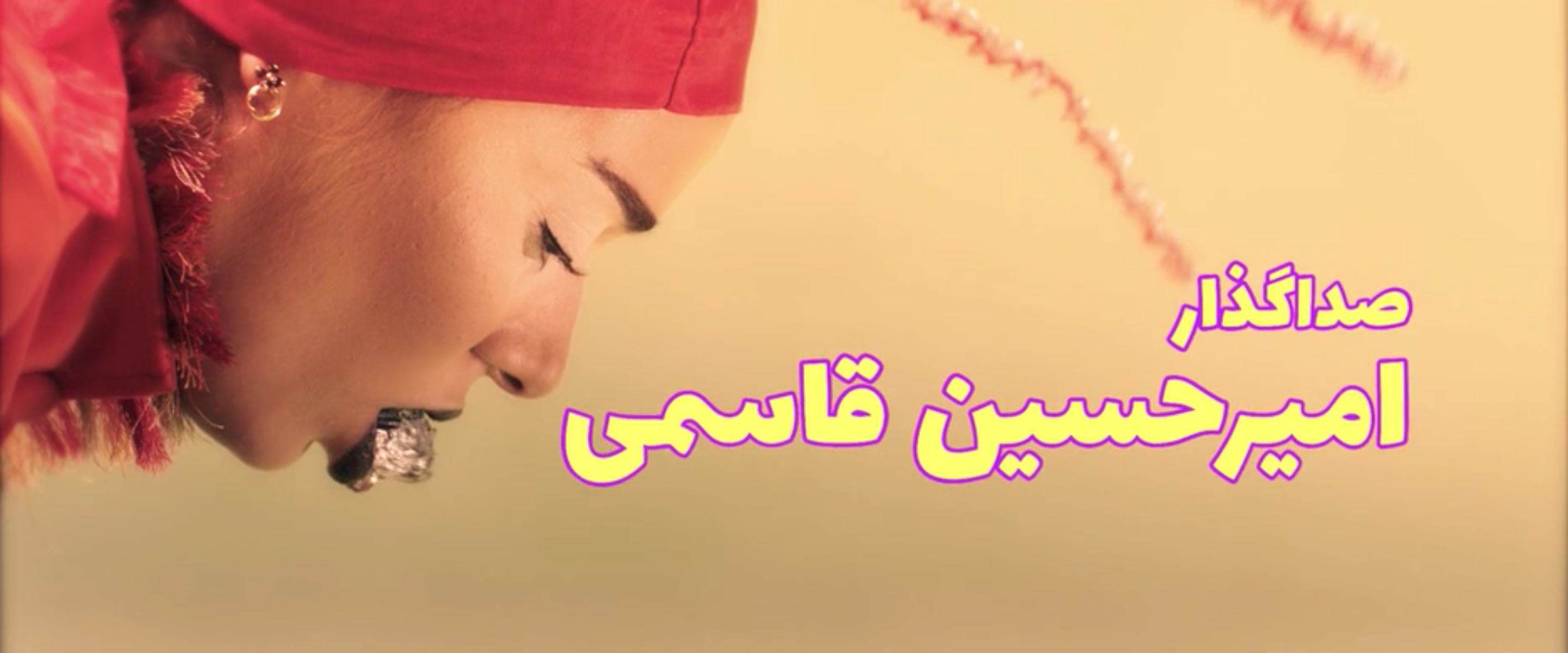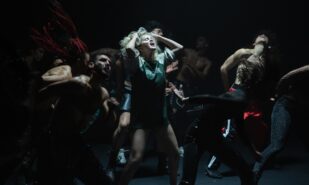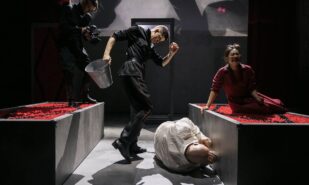‘My whole life is nothing but stress!’ exclaims Hasan, the protagonist of the film Pig. Hasan is a film director caught in the throes of a creative crisis and blacklisted by Iranian censorship. His last opus, Rendezvous at the Slaughterhouse, lingers only in the memories of fervent cinephiles or obsessed fans. His status as a “has-been” is underscored by the indifference of a maniac who terrorizes Tehran, scattering the severed heads of filmmakers across the city streets, each marked with the word ‘pig.’ Alas, Hassan’s head remains untouched. Apparently, he’s not grand enough to become a target of violence.
Mani Haghighi’s “Pig”

‘My whole life is nothing but stress!’ exclaims Hasan, the protagonist of the film Pig. Hasan is a film director caught in the throes of a creative crisis and blacklisted by Iranian censorship. His last opus, Rendezvous at the Slaughterhouse, lingers only in the memories of fervent cinephiles or obsessed fans. His status as a “has-been” is underscored by the indifference of a maniac who terrorizes Tehran, scattering the severed heads of filmmakers across the city streets, each marked with the word ‘pig.’ Alas, Hassan’s head remains untouched. Apparently, he’s not grand enough to become a target of violence.
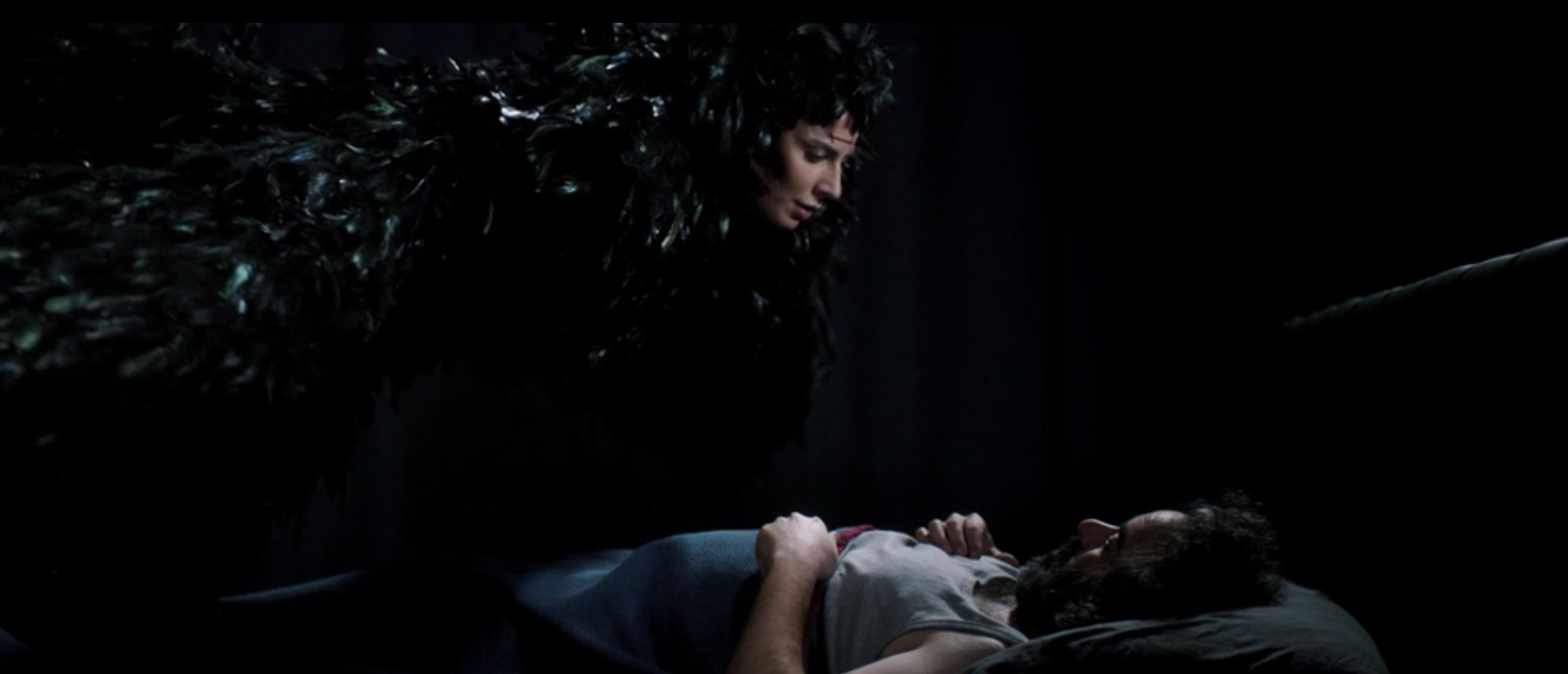
We’re used to a different kind of Iranian cinema—contemplative, unhurried, steeped in tradition, where the camera-probe delves into the states of modern society or individuals, exploring their motives, prejudices, and contradictions. Pig, in many ways, is also a “different” kind of cinema—perhaps a product of confusion, imitation, or sharp political satire. Encased in the unexpected form of an Iranian black comedy, it presents a “different” Tehran—decadent, bohemian, mired in artistic squabbles.
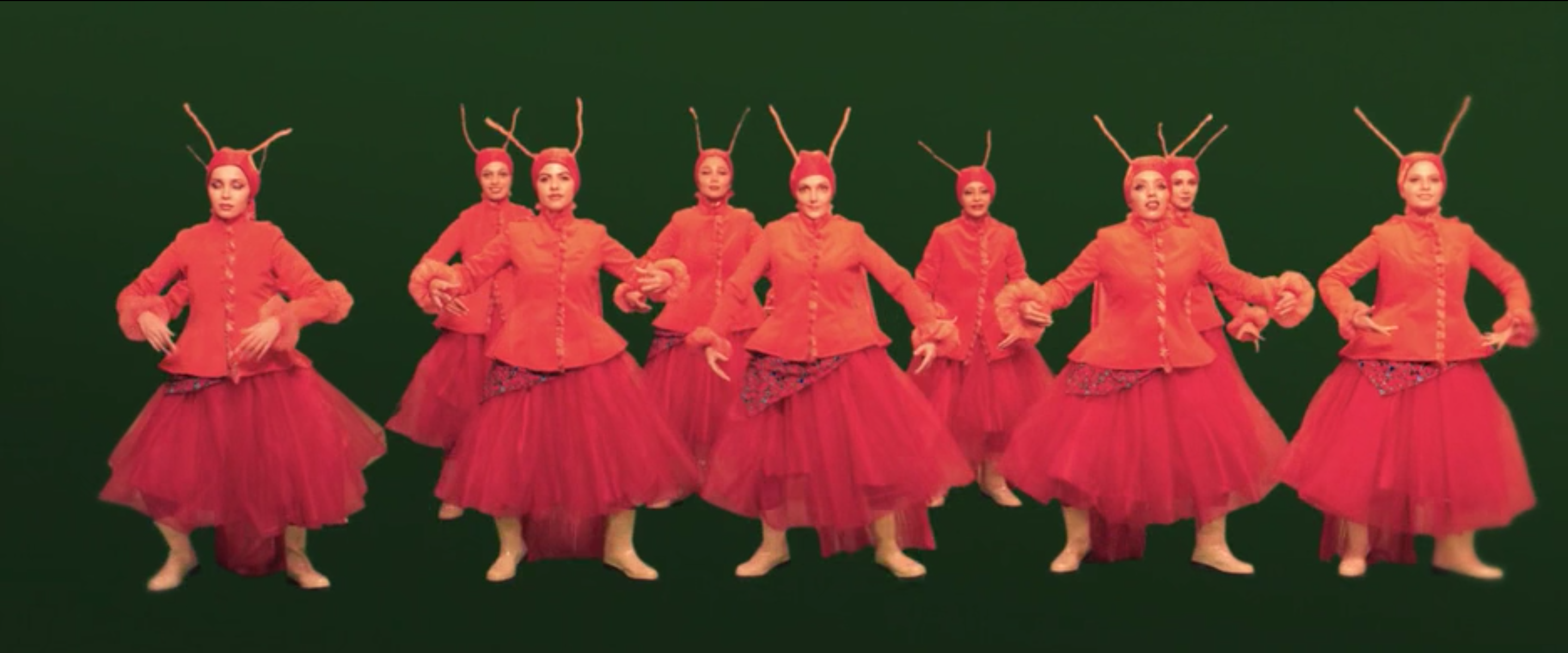
Hasan, spoiled and capricious, frequents contemporary art vernissages, donning a worn, blood-red AC/DC t-shirt. By morning, he shoots a commercial for a pest control product in a kitschy style of Eastern psychedelia, where dancing beetles succumb to poisonous fumes of insecticide, unable to complete their nasty yet enchanting dance. Hasan’s depression deepens when his muse, Shiva, breaks her promise never to work with other directors, accepting a role in a film by opportunist Saidi, whose head with a ‘pig’ message soon joins the gory collection.
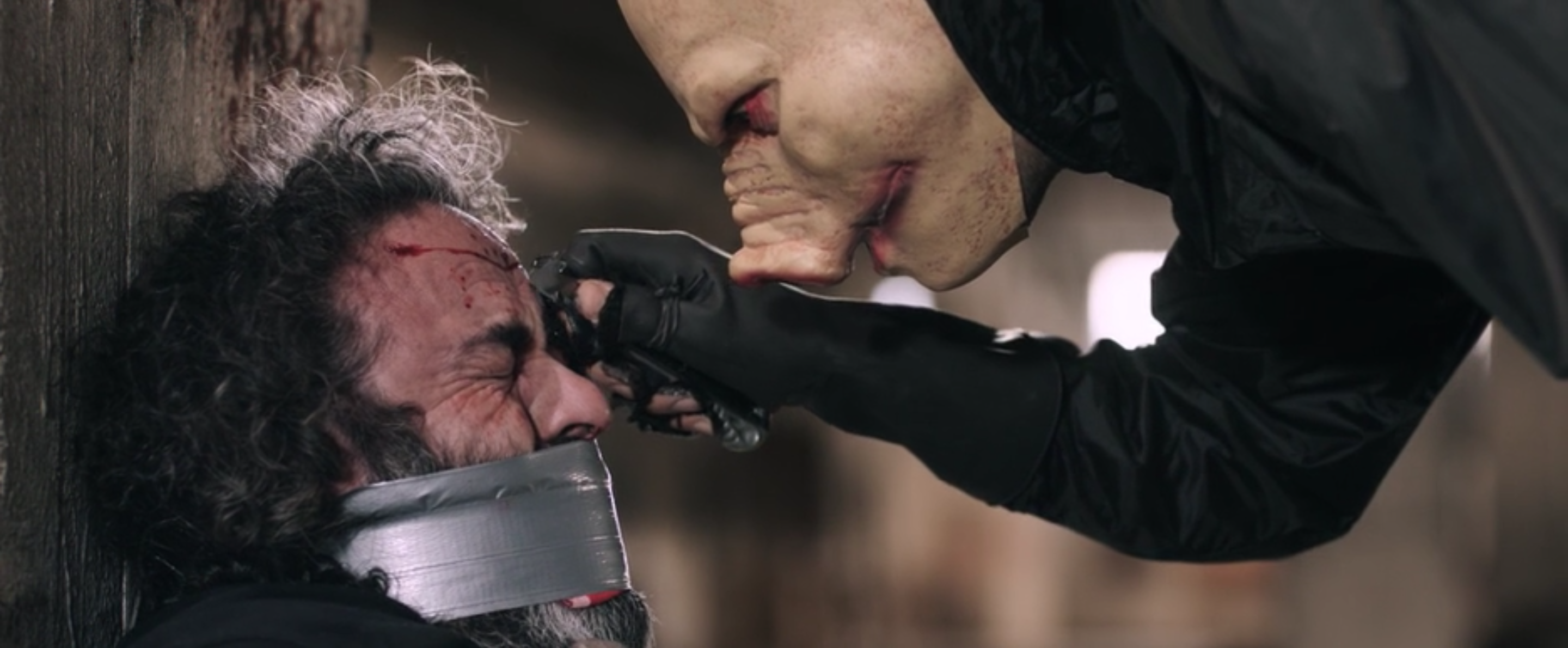
The demise of the despised rival triggers a complex emotional response within Hasan: while Shiva now ostensibly belongs solely to him, the victim is still not the genius, not Hasan. ‘He’s saved the best for last. The killer will definitely come—and mommy will kill him,’ reassures her son the heroine, who appears on screen wielding a rifle more frequently than not, reminiscent of Chus Lampreave, the feisty old lady with an exotic perspective on life in Almodóvar’s films. A series of subsequent events—a Fellini-esque party, a bee sting, false accusations, another death, tormenting hallucinations—gradually strip the protagonist of the inherent right to control his own destiny, subjugating more and more to an euphoric existential performance.
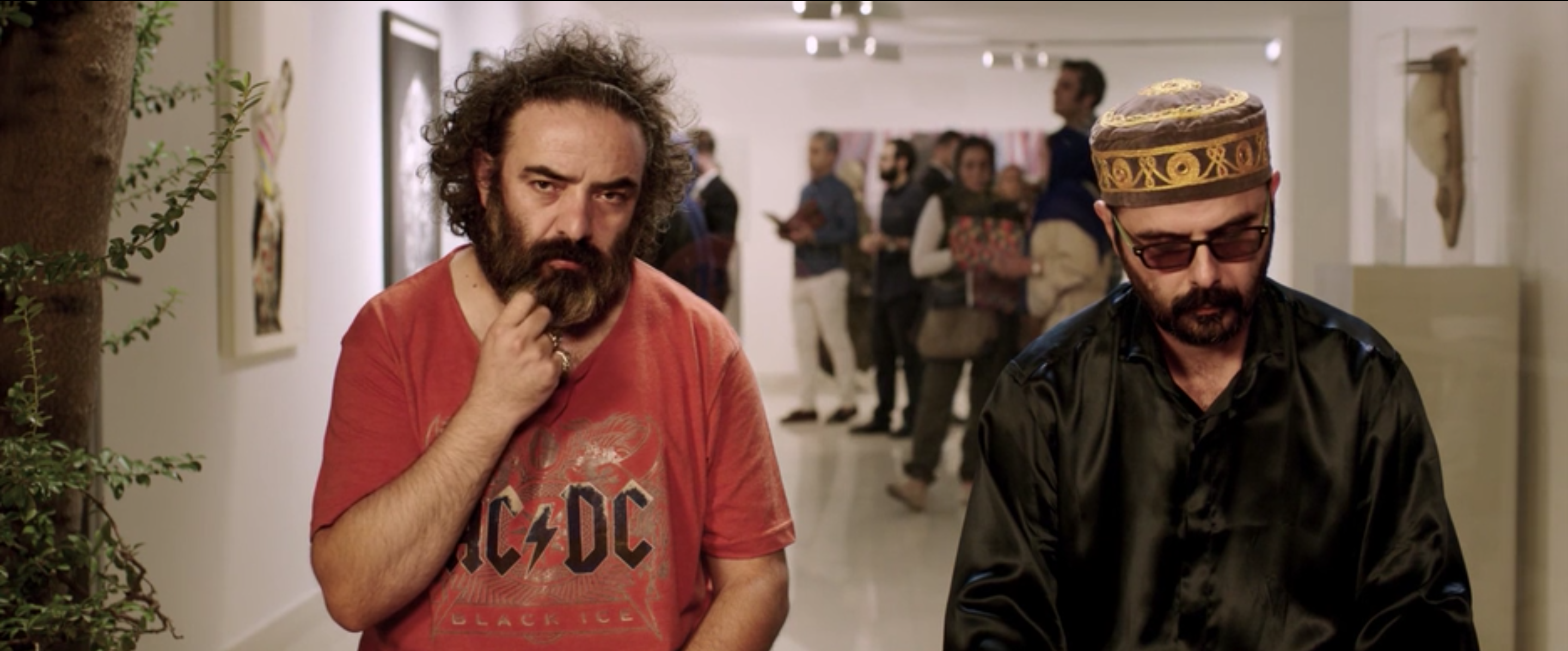
The imbalance of moderation is perhaps the film’s main flaw. At times, the deliberate kitsch pulls out of the plot, at times, it’s simply embarrassing to empathize with Hasan. In the somewhat chaotic second half, Haghighi (the actual director) seems to recall that the absurdity of modern society cannot be fully presented without considering the influence of social media on people’s beliefs, and the exorbitant cost of distorting common notions of rightness, justice, and ethics. The toxicity of media seeps into the drama as unexpectedly as neuroses infiltrate the artist’s psychosomatics.

Under the strict constraints that have become as much a condition of Iranian cinema as deep-rooted traditions and introspective tendencies, Haghighi finds an original recipe against the primitiveness of repression—a polytonal grotesque on reality with an artist-protagonist caught between infantilism, psychopathy, and pretensions to bohemianism, momentarily transforming from a laughingstock-outcast into a martyr-idol, where the killer is a collective image of the punitive machine, and the only method of fighting injustice is through posting on Instagram or Facebook, with the desired solace being a mere hundred likes.

